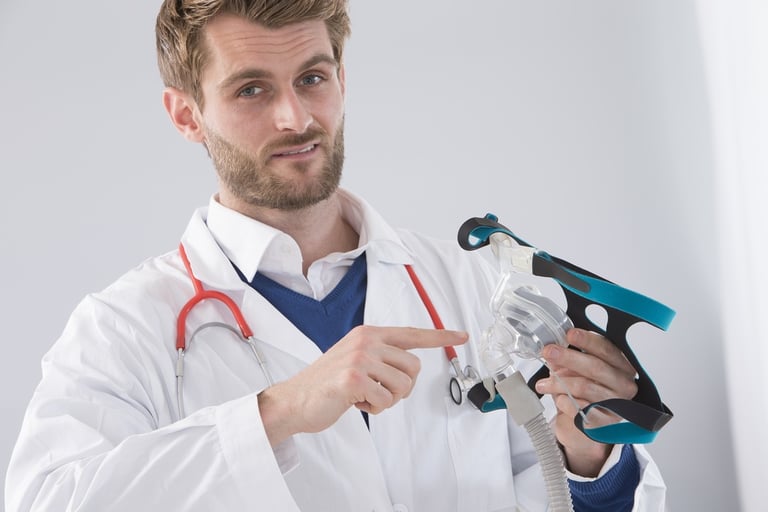
Congratulations, you have successfully begun your CPAP (Continuous Positive Airway Pressure) sleep therapy to alleviate your sleep apnea and all the associated health problems it causes. But if you are like many new CPAP users, your first nights wearing your mask may feel clumsy, uncomfortable, or even claustrophobic. These kinds of issues result in as many as 50% of all CPAP patients having difficulty sticking with their treatment program.
This is why CPAP followups are an essential part of your treatment program. Your doctor and sleep medicine expert are well-acquainted with all of the issues reported by CPAP users and are an invaluable resource in helping you to succeed. Their solutions may be as simple as learning how to fit a CPAP mask properly, adding a humidifier/heater unit, or implementing an “acclimatization strategy” to ease you into its use.
CPAP Therapy Followup: A Recommended Timeline
You have three phases in your CPAP therapy followup timeline:- Early Followup (24-48 hours, 1 week, 2 weeks)
- Ongoing Followup (6 weeks, 6 months)
- One-Year Followup
- Compliance: how well you are following your CPAP therapy program
- Adherence: how well you are "sticking to it," and any issues that may be preventing you from doing so
- Mask Fit: how well your CPAP mask works for your unique needs
- Communication: giving honest feedback on all aspects of your CPAP therapy program, including your perceptions about the equipment, your body's responses, etc.
Phase 1 : Early Followups
The most critical followup comes in the form of a phone call within 24-48 hours of your first use of your new CPAP. Be prepared to tell your doctor everything, especially if you are having any troubles. You may be asked about the following:
- Mask comfort issues. Is your mask comfortable? Are you feeling any chafing? Are you having trouble keeping it on while sleeping?
- Equipment issues. Is the air pressure too weak or too strong? Do you wake up with dry nostrils, mouth, or throat? Is the length of tubing interfering with your sleep? Is the noise of the CPAP distracting?
- Medical issues. Are you feeling more rested? Has your daytime sleepiness improved? Are you still snoring or suffering sleep apnea, where you stop breathing?
- Miscellaneous issues. Does your bed partner have any concerns or questions?
 Your doctor will use your answers to suggest adjustments that can alleviate these issues.
Your doctor will use your answers to suggest adjustments that can alleviate these issues.
One of the most common and most effective fixes is to loosen your mask’s straps. An over-tight mask is actually more likely to create loose seals, which decrease your CPAP’s effectiveness.
At the 1-week followup, you can attempt switching the size, style, or type of mask you are using; adding or removing padding; or even changing to a different model of CPAP/Bipap machine. In addition, your doctor can provide other non-equipment recommendations on subjects such as:
• Good sleep hygiene habits
• Attendance at support groups
• Desensitization techniques to wearing a mask
• Tips for falling asleep, and extending sleep
• Suggestions on how family/bed partners may assist
Remember, don't get discouraged! An adjustment period is perfectly normal, and it will be different for everyone. For some, getting used to sleeping with a CPAP will take just days; others will require multiple adjustments, fittings, adaptations, etc. that may take several months.
Phase 2: Ongoing Followups
At the 1-week, 2-week, 6-week, and 6-month marks, your sleep medicine expert may ask you to bring in your CPAP, or its removable memory chip. This automatically records usage and other information that may be used to analyze the effectiveness of your CPAP therapy.
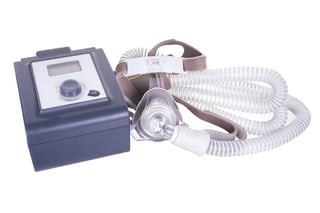 You may expect to be asked the same questions as in your early followups. At these times, you may also discuss issues such as:
You may expect to be asked the same questions as in your early followups. At these times, you may also discuss issues such as:
• Proper cleaning of PAP unit and accessories
• Checking for fit of mask
• Equipment and supply replacement recommendations
• Weight gain, weight loss, alcohol usage while using your CPAP
Phase 3: Yearly Followup
If all goes well, this annual followup can simply be a quick formality. Your doctor will check for:
• Any physical changes that may require a new mask
• Maintenance check on your CPAP equipment, ensuring it is functioning properly
• Information about new equipment, including masks and CPAP machines
CPAP Therapy Compliance, Adherence, Mask Fit, and Communication
Compliance
Minimum compliance for CPAP therapy is defined as using your CPAP for at least four hours a night, for five nights a week. If you have encountered no difficulties meeting this standard early on, you are ready for the serious business of sleeping apnea-free through the night. However, if you have been unable to achieve this, you will need to discuss strategies for success with your sleep therapist or doctor.
Adherence
This early period is the most difficult for new CPAP users to stick to their program. The feel of trying to fall asleep with a mask, hose, tubing, and a continuous positive airway pressure machine attached to your head is hardly as natural as putting your head onto a pillow.
It may be helpful to consider your CPAP therapy as if it were a new exercise, fitness, or dietary regimen. All such programs require an adjustment period, a gradual "ramping up" of proscribed activities, in order to allow yourself the greatest chance of success.
Unlike training for a race, though, you are almost guaranteed a win. Virtually all users make the adjustment to life with a CPAP, and all in a relatively short time.
If, however, your attitude and approach are excellent, and yet you still are having trouble adhering to your CPAP therapy program, the problem may simply be that your CPAP mask doesn't fit properly.
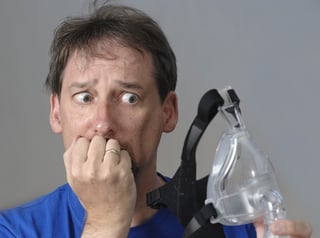 Mask Fit
Mask Fit
One style definitely does not fit all. CPAP mask designs have evolved considerably through the years, and now encompass a range of sizes and shapes ranging from ever-slimmer nasal pillows to full-face shields.
So if your mask is not proving to be a good match for your sleeping patterns, facial shape, facial hair, etc., you have the freedom to experiment with different designs in order to find your ideal fit.
For this early followup, though, the most important consideration is simply, "Does my CPAP mask fit me well?" The fix may be as easy as changing your mask size (S, M, L) or loosening your mask's straps: over-tightened straps are one of the leading causes of CPAP therapy problems.
Communication
CPAP users commonly report positive results from the very first night. Be sure to communicate with your doctor whether or not your symptoms of Obstructive Sleep Apnea (OSA) — fatigue, sleepiness — have diminished.
Studies suggest maximum effectiveness is achieved after approximately two weeks of regular use. If you do not feel this has happened for you, talking with your sleep medicine expert can help you to find out why.
Just as with any other medical practitioner, it will be to your benefit to tell them everything you can about your symptoms, including totally subjective items such as discomfort, feelings/emotions, physical sensations, etc.
Even a minor issue such as a lightly-chafing strap may be the culprit in preventing you from CPAP success— and it is very likely that everything you communicate to your doctor has not only already been documented from the multitude of previous CPAP patients, but also has a list of solutions immediately available.
Sources:
https://sleepfoundation.org/
https://www.sleepresolutions.
http://www.sleep.org.au/









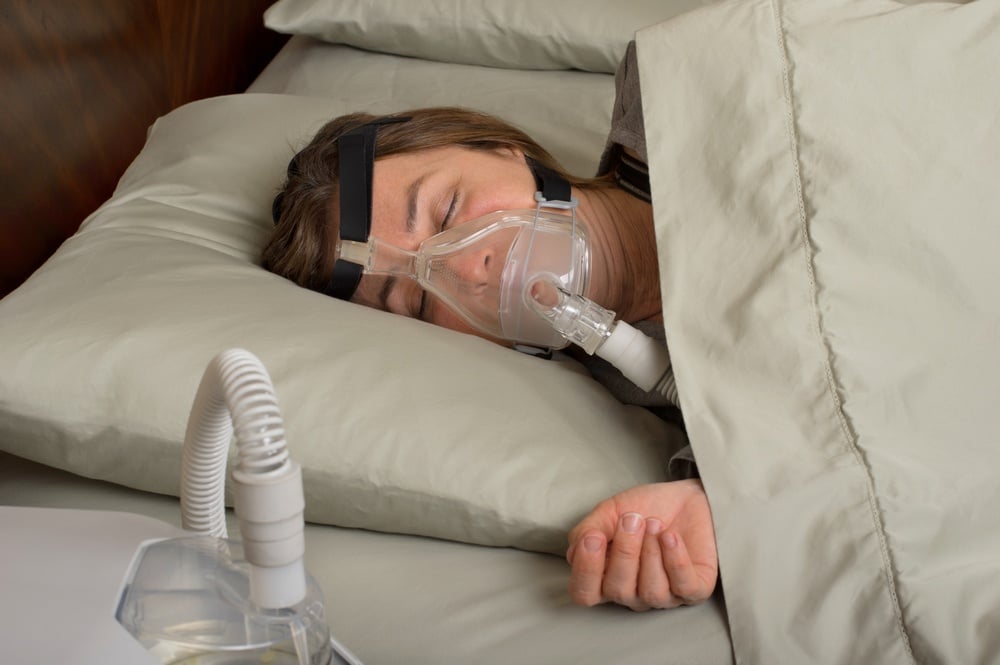
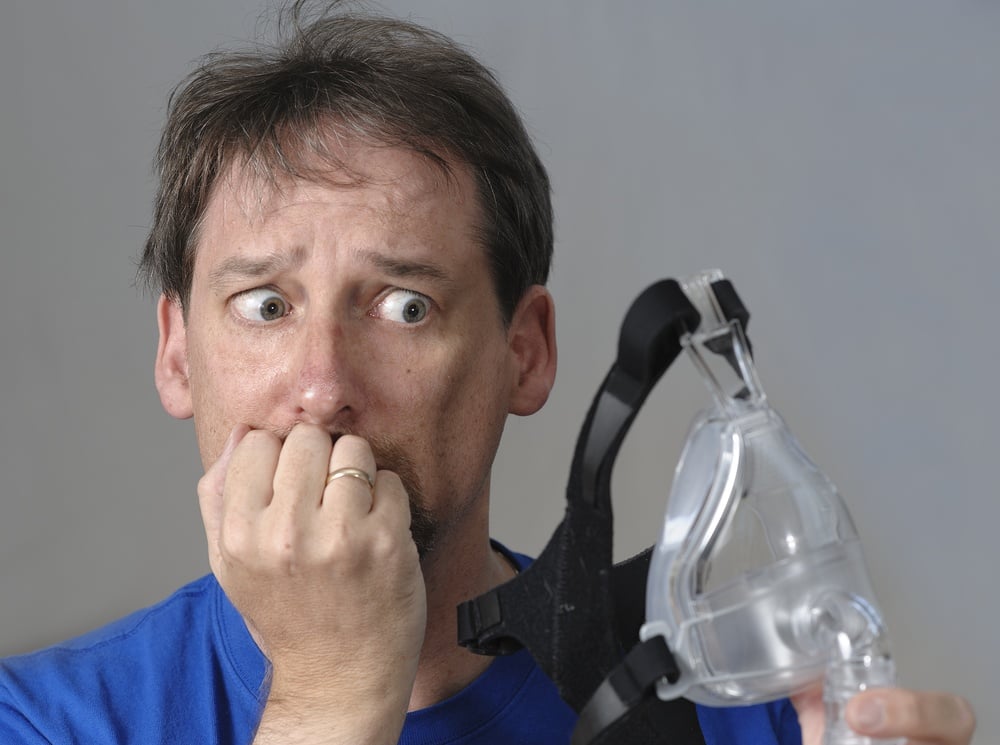
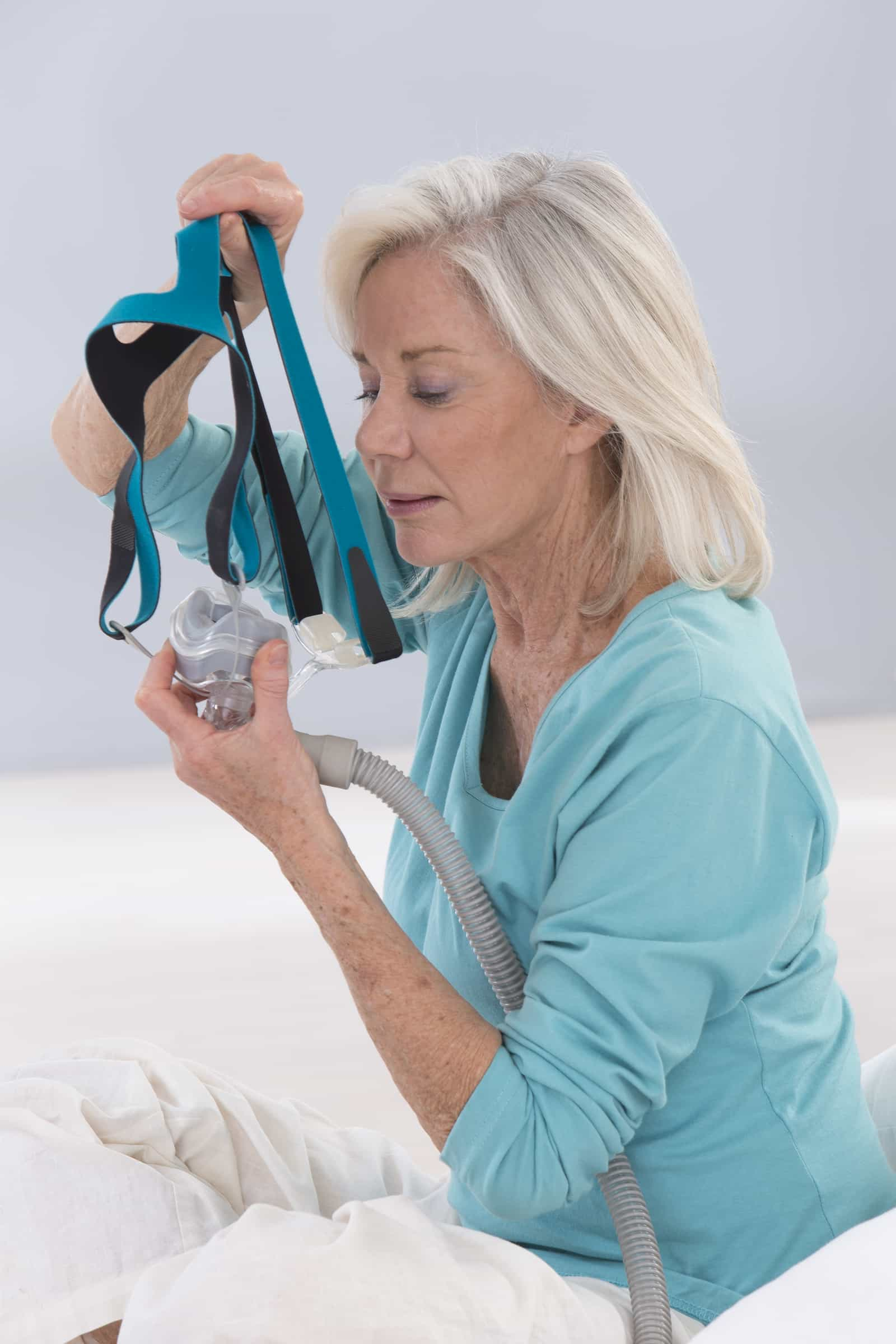
Leave a comment